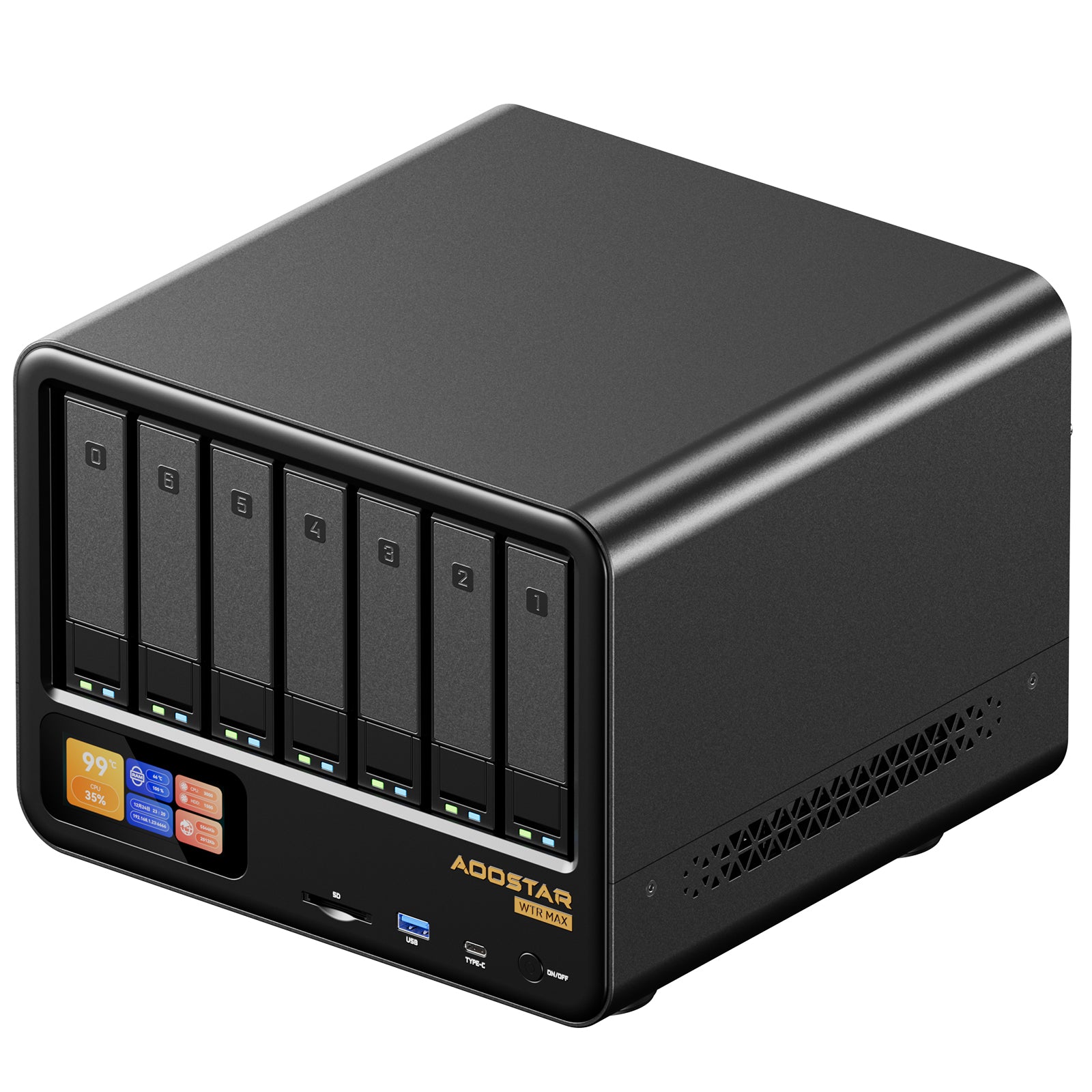Caporegime
- Joined
- 7 Apr 2008
- Posts
- 26,046
- Location
- Lorville - Hurston
Shipping in aug 20th?

 aoostar.com
aoostar.com
Note:
1 re-sales for the fourth batch of WTR MAX machines will begin on June 30. Estimated shipping date is around August 20.
re-sales for the fourth batch of WTR MAX machines will begin on June 30. Estimated shipping date is around August 20.
But down below says there is 13 in stock? I wont bother ordering now if i am waiting until Aug 20th ….??

AOOSTAR WTR MAX AMD R7 PRO 8845HS 11 Bays Mini PC(Pre-sale, shipping o
Note: 1:Pre-sales for the fourth batch of WTR MAX machines will begin on June 30. Estimated shipping date is around August 20.2: If a refund is made for personal reasons during the pre-sale process, I will deduct a 5% handling fee 3:Does not support Laptop sodimm 2*48,96GB RAM, but support 96GB...
 aoostar.com
aoostar.com
Note:
1
 re-sales for the fourth batch of WTR MAX machines will begin on June 30. Estimated shipping date is around August 20.
re-sales for the fourth batch of WTR MAX machines will begin on June 30. Estimated shipping date is around August 20.But down below says there is 13 in stock? I wont bother ordering now if i am waiting until Aug 20th ….??


 PS, useful guide here for Plex via Cloudflare and disabling caching.
PS, useful guide here for Plex via Cloudflare and disabling caching.  Running like an absolute charm with plenty of CPU power to spare. Fingers crossed the remaining 3 HDDs turn up tomorrow and I can get on with rsync'ing my all my files/media from my old NAS over to the new one (currently mounted via NFS shares).
Running like an absolute charm with plenty of CPU power to spare. Fingers crossed the remaining 3 HDDs turn up tomorrow and I can get on with rsync'ing my all my files/media from my old NAS over to the new one (currently mounted via NFS shares).